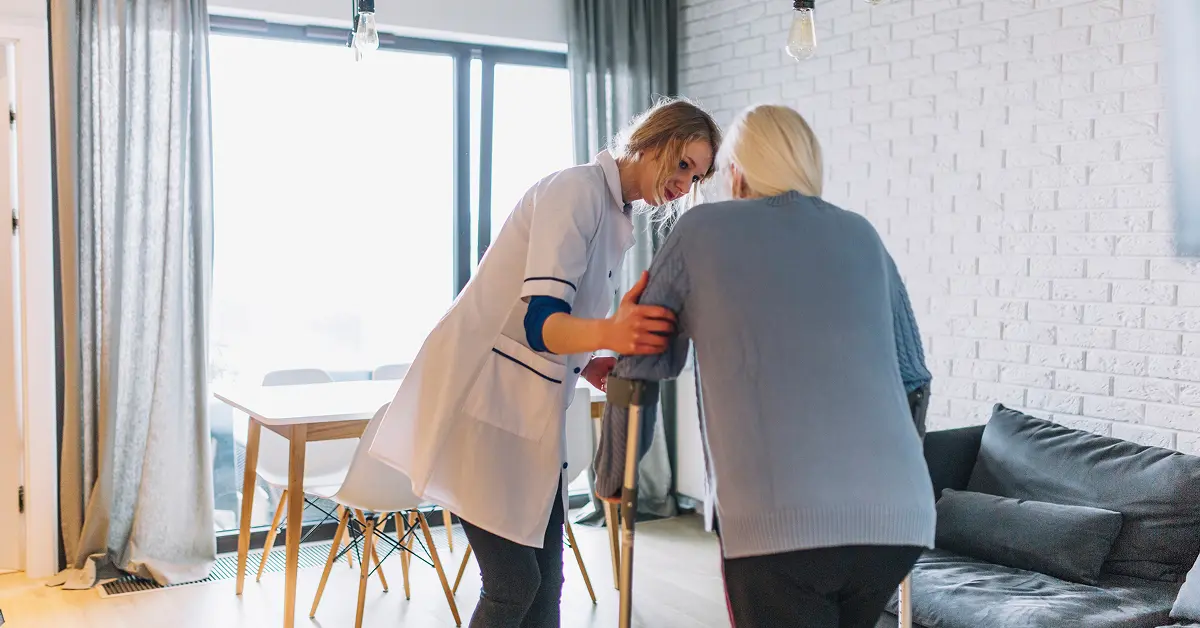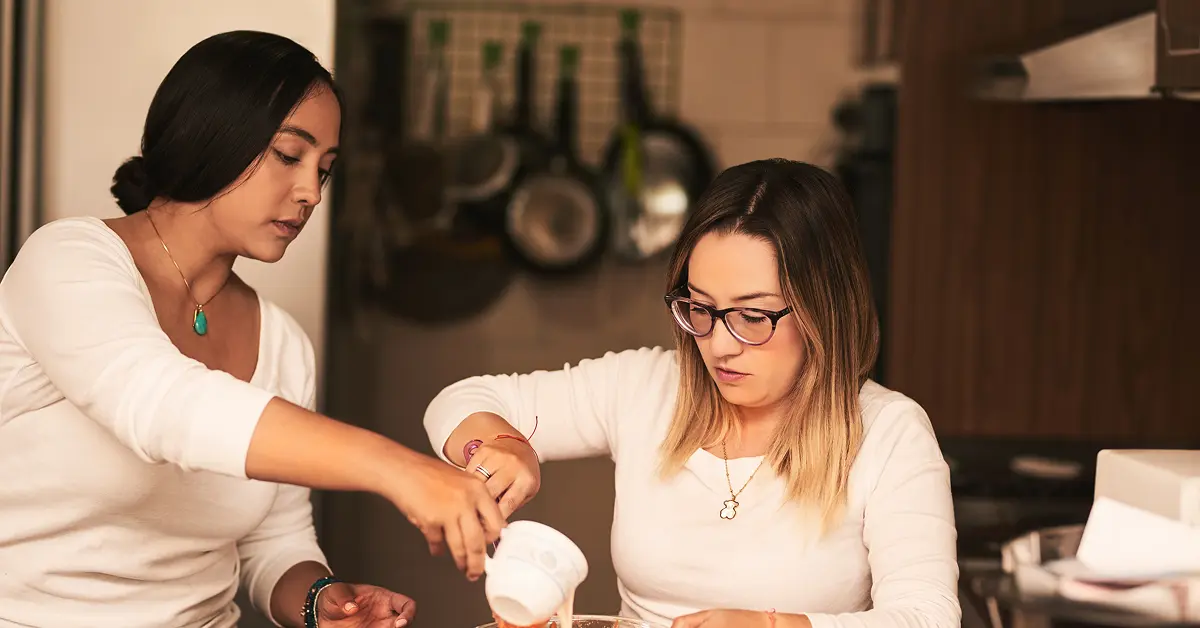Post-surgery recovery is a crucial phase where patients require consistent support to regain strength, movement, and independence. One of the most significant aspects of recovery is mobility — the ability to move around safely and comfortably. For Indian families, where joint families are common and home-based recovery is preferred, caregivers play a vital role in ensuring patients receive the right assistance at the right time. This blog delves into the essential role caregivers play in supporting mobility after surgery and how their presence speeds up healing and improves patient morale.
Why Mobility Support Matters After Surgery
Following a surgery — be it orthopaedic, cardiac, abdominal, or neurological — Patient Care often face limitations in movement. Without timely and proper mobility assistance, complications like bedsores, blood clots, muscle stiffness, and emotional distress can arise. Encouraging movement within safe limits helps:
- Improve blood circulation
- Prevent complications like pneumonia and deep vein thrombosis (DVT)
- Boost mental well-being
- Enhance muscular strength and coordination
- Reduce hospital readmissions
Types of Mobility Challenges Patients Face
Depending on the surgery, patients may face several challenges related to mobility, including:
- Inability to walk independently due to pain or weakness
- Fear of falling or imbalance
- Stiff joints and muscle soreness
- Postural issues due to prolonged lying or sitting
- Need for assistive devices like walkers, crutches, or wheelchairs
This is where caregivers step in to offer structured, compassionate, and consistent support.
Key Roles of Caregivers in Mobility Support
Assisting with Daily Movement
Trained caregivers help patients get out of bed, sit, stand, and walk with or without assistive devices. They use safe techniques to support body weight, adjust posture, and reduce strain on surgical areas.
Encouraging Safe Exercise
Post-surgery rehabilitation often includes physiotherapy and light exercises. Caregivers remind and motivate patients to follow their daily routines, ensuring that exercises are done safely and under guidance when needed.
Preventing Falls
Fall prevention is critical in post-surgical care. Caregivers help maintain a clutter-free environment, support the patient while walking, and monitor slippery floors or uneven surfaces to avoid accidents.
Managing Transfers
Whether moving from bed to wheelchair, from chair to bathroom, or getting in and out of a car for check-ups, caregivers assist in smooth transfers using safe lifting methods to prevent further injury or strain.
Encouraging Independence Gradually
While full-time support is necessary initially, caregivers slowly reduce dependence by encouraging patients to take small steps on their own. This boosts the patient’s self-esteem and speeds up recovery.
Emotional Support Along with Physical Help
Mobility issues can make patients feel helpless, frustrated, or depressed. Caregivers offer emotional support by being patient, empathetic, and encouraging. They act as motivators, celebrating small wins and progress in the journey toward complete mobility.
Caregiver Training in Mobility Techniques
Professional caregivers receive training in:
- Safe lifting and transfer methods
- Use of wheelchairs, walkers, and crutches
- Assisting with rehabilitation exercises
- Emergency fall management
- Recognising signs of pain or overexertion
In India, several healthcare companies and home care agencies offer certified caregiving services, ensuring families receive expert help without hospitalisation.
Mobility Aids and Caregiver Collaboration
Modern mobility aids like foldable walkers, motorised wheelchairs, and commode chairs enhance post-surgery movement. Caregivers are trained to help patients use these devices properly and maintain them. They also report any equipment malfunction or patient discomfort to family members or healthcare providers immediately.
Customized Mobility Plans
No two patients recover the same way. A trained caregiver customises mobility assistance based on:
- The type of surgery
- Doctor’s recovery plan
- Patient’s age and overall health
- Pre-existing conditions like arthritis or diabetes
- Daily living goals (like walking to the bathroom independently)
Family Coordination and Updates
In many Indian households, family members are working or live in other cities. A caregiver provides daily updates on the patient’s mobility progress, changes in strength, and any signs of discomfort. This transparency builds trust and ensures the recovery stays on track.
Conclusion: A Vital Role in Healing
Mobility support after surgery is not just about helping someone walk — it’s about restoring confidence, dignity, and independence. Caregivers, with their consistent presence and professional approach, form a bridge between hospital discharge and full recovery at home. For Indian families, hiring a trained caregiver can significantly improve the patient’s healing journey, reduce stress, and ensure long-term well-being.
Whether your loved one is recovering from a knee replacement, spine surgery, or bypass operation, remember: the right mobility support at home can make all the difference — and a trained caregiver is the key to that success.
Contents
- Why Mobility Support Matters After Surgery
- Types of Mobility Challenges Patients Face
- Key Roles of Caregivers in Mobility Support
- Emotional Support Along with Physical Help
- Caregiver Training in Mobility Techniques
- Mobility Aids and Caregiver Collaboration
- Customized Mobility Plans
- Family Coordination and Updates
- Conclusion: A Vital Role in Healing
Our 24*7 services
Latest Posts
- What Is Respite Care and Why Is It Important
- Affordable home care for senior citizens in India
- Caring for Seniors with Dementia or Alzheimer's at Home
- Senior Caregiving A Guide for Every Family
- How to Write a Caregiver Resume That Gets You Hired
- How Care After Hospital Discharge Speeds Up Recovery at Home
- How to Get Home Health Care for Seniors Through Medicare
- What Does a Senior Citizen Caregiver Really Do at Home
- How to Care for Elderly Parents with Alzheimer’s or Dementia
- How to Get 24-Hour Care for Seniors at Home



